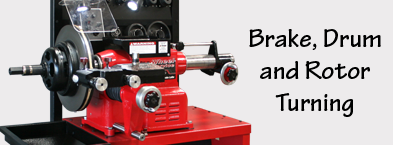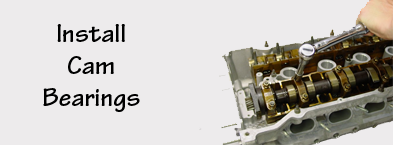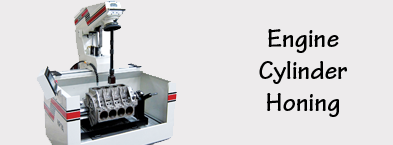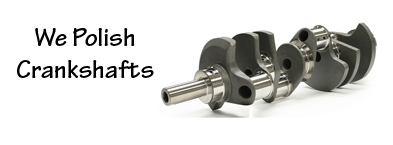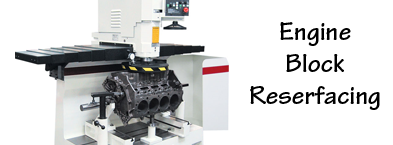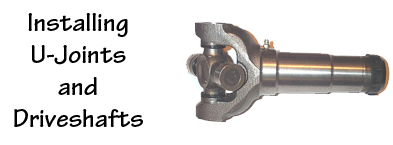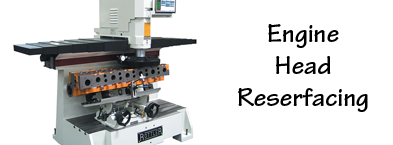

Valve seats are an extremely important part of a cylinder head because the seats cool and seal the valves. They also support the valve when it closes, which affects both valvetrain geometry and valve lash. If a seat is damaged, cracked, loose, receded or too badly worn to be recut or reground, it can cause a variety of problems: loss of compression, valve burning, valve failure, valvetrain wear and breakage, even head and valve damage if the seat comes loose.
For that reason, replacing valve seats is often necessary when reconditioning aluminum or cast iron cylinder heads. Another reason to replace a seat is if a valve has broken because the seat is not concentric with the guide. Misalignment between the seat and guide causes the valve stem to flex every time the valve closes. Eventually, this flexing leads to metal fatigue and valve failure. When this happens, the counterbore must be remachined (if the head is salvageable) to realign the seat with the guide.
New seats may also be required if a cylinder head has been straightened or welded, if there's any evidence of corrosion around the outside diameter of a valve seat, or if the engine is being converted to run on a dry fuel such as propane (LPG) or natural gas.
Integral seats in cast iron heads are no less important even though the seats are part of the head itself. An integral seat may have to be cut out and replaced with a new insert if the seat has receded, is badly worn or damaged.
